When Matt Murphy, editor of WoodenBoat, called me to say that Christopher Cunningham was retiring from the editorship of Small Boats, my response was immediate: What did he mean Chris was retiring? I’d worked with him for only two years as Small Boats’ managing editor, and I’d loved every minute; I wouldn’t get any more time with him?
But then Matt asked a question: Did I want the job?
I didn’t have to think about that one. Of course, I wanted the job. Chris Cunningham’s shoes would be big ones to fill, but I was excited to step into them.
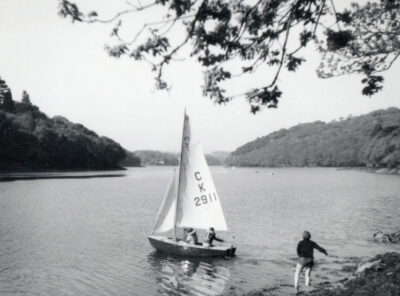 Photographs from the author’s collection.
Photographs from the author’s collection.KOOKABURRA, the International Cadet bought for my older sister and brother. In time I would inherit her as my siblings graduated on to bigger and faster options. The 10′ 6″ Cadet was designed as a racing dinghy too small for adults to sail, and came with a spinnaker, tiller extension, and hiking straps. After the pram dinghy on which I’d learned to sail, she seemed the epitome of “cool.”
As I was growing up in Devon, England, my family had a string of small boats. First there was the 14′ Mayflower dinghy WENDY ANNE, and then THE POTTER, a 14′ plywood sloop with a tiny cabin. She lasted less than a season and was sold after capsizing with my father at the helm and my then young sister and brother in the cockpit. There was SACKBUT—a 15′ plywood Bermudan sloop—so named because of the strange trumpeting noise that emitted from the centerboard trunk on certain points of sail. Then OSPREY, a beamy 16’ clinker-built gaff sloop with an inboard diesel. I’m sure the engine had sounded like a good idea, but it gave nothing but trouble and ultimately caused OSPREY’s demise when it failed on a lee shore. By the time my father looked up from the engine box, it was too late to escape the rocks.
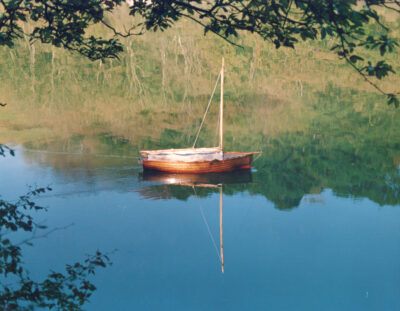
For five months of the year, the Cook’s One Design, KIWI, was moored on an outhaul below the house. In the winter she sat on a trailer in the single-car garage, which was so narrow my mother had to pull her outside to work on her.
The last sailboat in the string was KIWI, a 14′ Cook’s One-Design from Wivenhoe in Essex, a type that I later learned was a favorite of the legendary maritime historian, John Leather. Bright-finished inside and out with narrow lapstrake planking, a small foredeck, and short bowsprit, KIWI had a high-peaked gaff sail that never seemed to set right, and in the local Wednesday-evening dayboat races she invariably finished in the bottom three. The logo on her sail was a chef’s hat, honoring the man behind the design, but in truth it looked more like a mushroom than a hat and gave rise to many amused comments from family and friends. For all that, KIWI was beloved—especially by my mother who was solely responsible for her annual upkeep—and was the longest-lasting boat member of the family. She was sold only when my parents, in their early 80s, decided that maintaining even a small wooden boat was no longer fun.
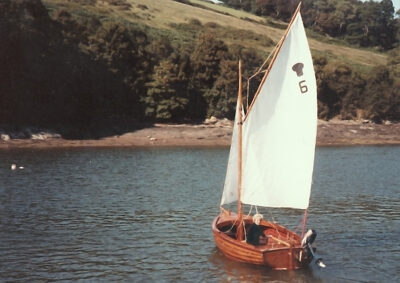
My mother at the helm of KIWI soon after my parents bought her.
My siblings and I had our own boats. NEMO, a stumpy fiberglass pram dinghy with a gunter rig—the training boat for all three of us—was followed by an International Cadet, a couple of Fireflies, a Scorpion, a Mirror, and finally a Laser. The boats came and went as we grew up or as the local yacht club’s fleets waxed and waned. We sailed them daily through the summer vacations and gained a taste of independence that can only come from being a young child in a small boat wholly unconscious of the benevolent adult keeping a distant watch.
When I was in my teens, it seemed that the parents of all my sailing friends had yachts, and I was jealous of the size and sleek lines of those sparkling fiberglass hulls as they swung to their moorings. I asked, once, why we didn’t have one. My mother replied with neither apology nor irony, “Because we like to use our boats.” Only later did I understand her meaning: those yachts sat at their moorings week after week and rarely set sail. In contrast, there was barely a summer’s day when my parents weren’t afloat for at least an hour or two, out in the bay trolling for mackerel under sail, or pottering up the river in time to sail home on a gentle evening tide.
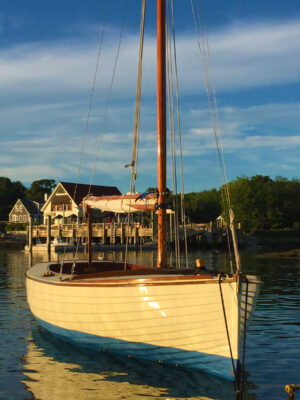
Built as a one-off in Devon, England, possibly in 1924, the 16′ sloop ELAINE came to the United States in a container in 2015. When she emerged from the delivery truck, it was obvious that the years were finally catching up with her and it was time for a refit. Paul Rollins of York, Maine, performed miracles, fairing the planks, ’glass-sheathing her exterior, building a new centerboard and centerboard trunk, and replacing her decks.
As I messed around in the small boats of my youth, I had no idea that I was destined to continue sailing for decades to come, not just for pleasure but also for work; that in a few short years I would be writing for Classic Boat magazine as its sailing editor, and would go on to edit The Boatman, Maritime Life and Traditions, WoodenBoat (as managing editor), and now Small Boats.
Since the 1980s, I have traveled to some extraordinary places thanks to small boats—from England to Australia, Brittany, Greece, Scotland, Canada, and all over the United States. Small boats have introduced me to some wonderful people, from fellow boatowners, to builders and designers, historians and teachers. They have opened conversations and led me to some of the warmest, most generous, straightforward people I’ve known.
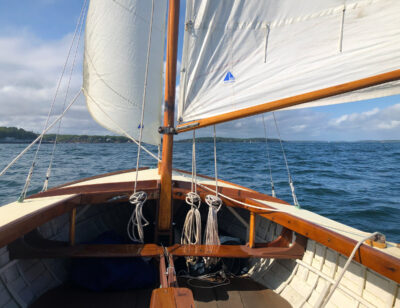
I first sailed ELAINE as a teenager in the late 1970s, teaching kids, and later adults, to sail. Even though she’s only 16′ long, with her straight ends and generous beam, there’s cockpit space for as many as six, but she’s also the perfect boat for singlehanding. More than 40 years after I first helmed her out of the harbor, she’s still the best place I know for sloughing off the stresses of a day.
I have continued to own small boats—just now I have three. I’ve occasionally joined friends on longer big-boat cruises, have even sailed some transatlantic crossings, but I’m never happier than when I climb aboard ELAINE, my 16′ gaff-rigged sloop, and contemplate a short (or long) sail around the islands of the Sheepscot River in my adopted home of Maine. To now become the editor of Small Boats, to continue working with Christopher Cunningham (staying on as our editor-at-large), and to be part of a thriving community of fellow enthusiasts willing to share stories, swap knowledge, and keep alive a common simple love of small boats everywhere, is a dream come true.![]()

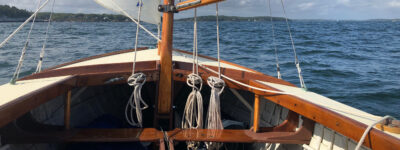
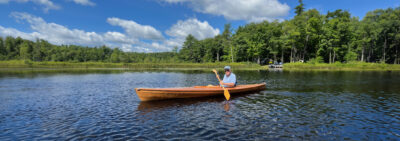
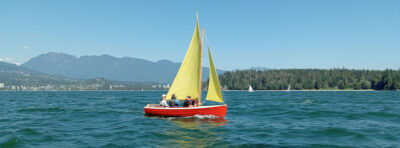


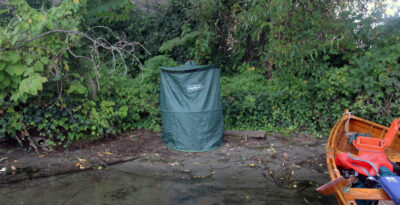


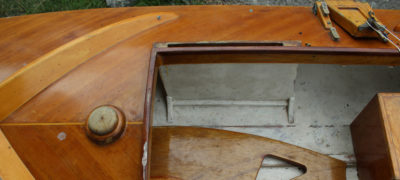
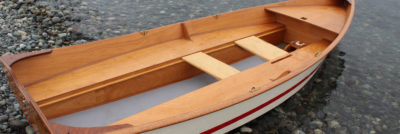

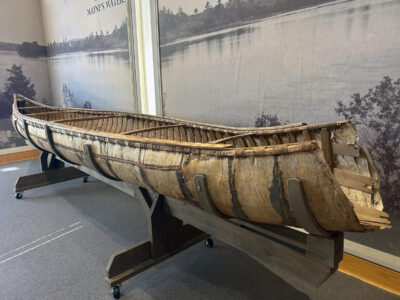
Welcome to the best “job” you will ever have…
Thanks Charles, I think you may be right.
Having come to boats late in life (excepting the canoeing and rowing merit badge in Boy Scouts, earned in aluminum Grummans, and the occasional canoe trip rental with the kids) the lives of those who grew up in boats just amazes me.
Quoting John Oliver “welcome, welcome, welcome “. All the best in your new journey.
Thank you Laurence.
Welcome aboard!
Welcome Jenny!
Thank you Jenny for keeping an outstanding publication going! We welcome you, and will miss Chris!
Thank you to everyone who has sent notes of welcome, they are much appreciated.
Blessings with the new job, Jenny!
What a fun read! Thank you for sharing your story in boats.
A lot of the boats in Small boats mag are highly specialized small sail boats. Same with Wooden Boat. As a master craftsman, but highly practical on the water, I don’t have time for leisure long trips in small sail boats virtue signaling the whole way my overconcern of the environment.
This is why I love small useful, easy to build stitch and glue boats with gasoline motors. Outboards were invented over 100 years ago and will continue into the far future.
As we are all small boat lovers here, I hope you continue to find more friends through these magnificent little boats.
Congratulations ! I have a small technical question: how big can a small boat be? In the world I work in of harbor and sea-going tugboats, the small boats top out around 100’ with a beam somewhere around 35’ and a draught of 12’-14’. The big boats are considerably bigger. On the other hand, my only working sail boat is a Sunfish. I am resurrecting a very old sharpie ketch of 22’ on the water and 35’ overall. Is my Jenny Diver a small boat? Again congratulations on the new job. I look forward to may delightful issues to come.
Hi Robert
Great question. Of course, it’s all relative but your definition of a small boat being 100′ long with a 35′ beam is certainly a long way from ours! We consider a small boat to be one that can be stored and maintained at home in an average-sized garage, can be trailered behind a modest car, and can be easily launched and recovered at a typical public ramp. Thanks for the congratulations. JB
Congratulations and welcome!